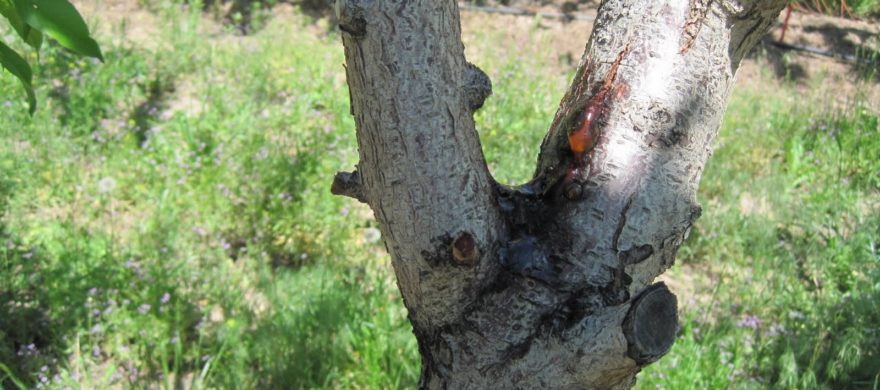Insect Blog

Botryodiplodia and Tubercularia Canker
May 14th, 2019
Plants Affected:
Mostly on Siberian (or “Chinese”) Elm and Russian Olive, but American, English and other Elms will also be affected.
Symptoms:
Affected trees will show considerable die-back in the crown and branches. Upon closer inspection, sunken areas can be seen in the branches. These areas will often show a black “pimpling” appearance. In Russian Olives, Tubercularia may cause a brownish, translucent “gum” bubble on the affected limb or stem. Affected branches will often show “flagging” where the dead leaves will not readily fall off the stems.
Disease Cycle:
Both of these fungi are carried from tree to tree by wind, animals (birds and squirrels) and pruning utensils. Wounded and weak trees are most susceptible to these fungi.
Control:
Because healthy trees are less susceptible to infection and damage, care should be taken to maintain the health and vigor of these trees. Pruning out diseased and weak branches and limbs should be done, making sure to sterilize the pruning tools between cuts on affected tissue. Trees should be deep root fertilized to increase their vigor.
